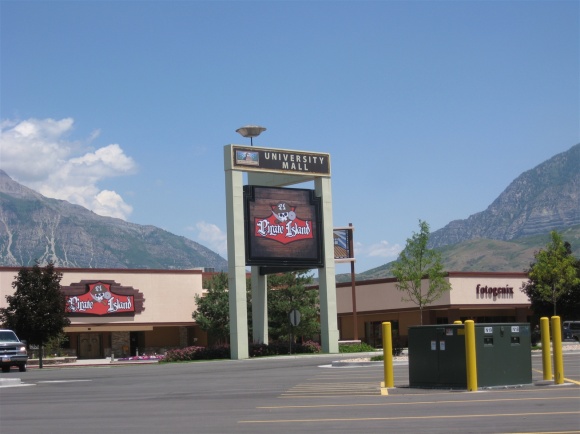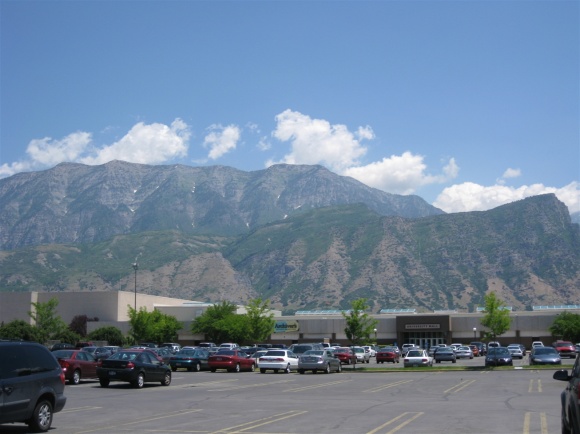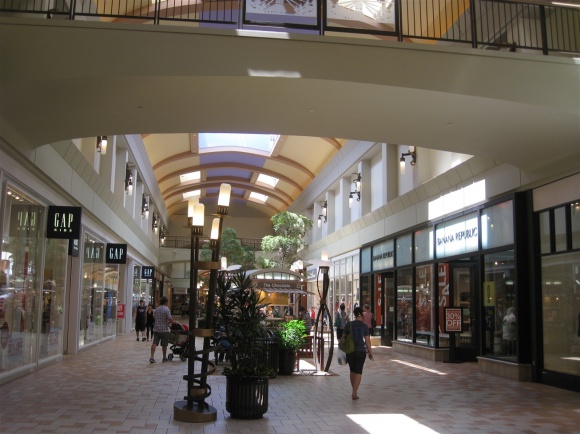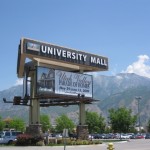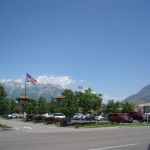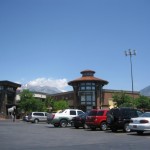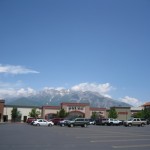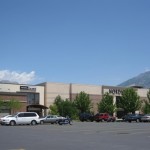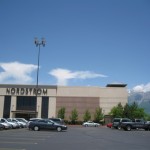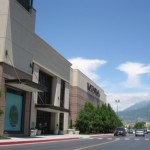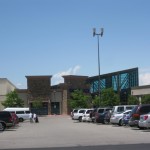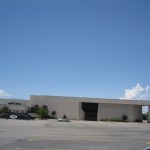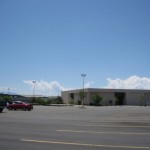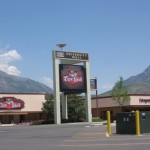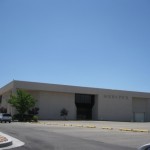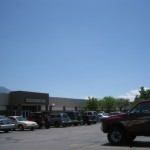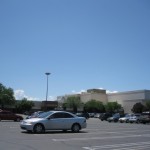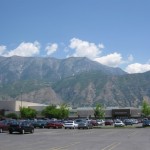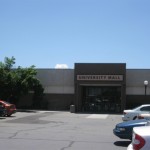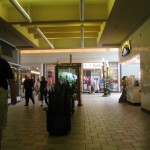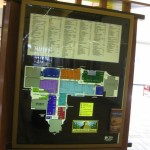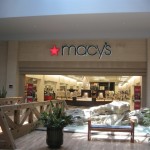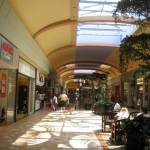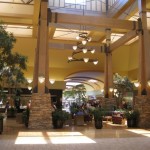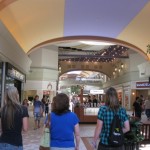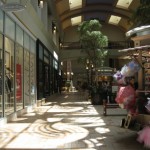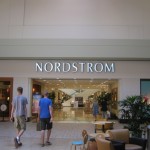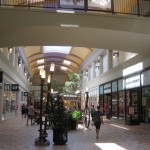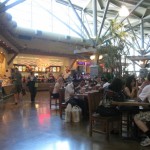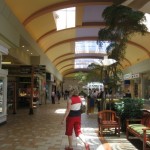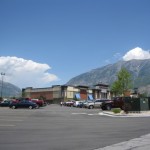More than 8 years ago I walked through Chicago’s troubled Brickyard Mall with my first digital camera, taking tons of pictures in anticipation they’d someday be the only surviving documentation of the mall – and then I promptly lost them. Very recently, though, when consolidating some old photo CDs onto a larger hard drive, I rediscovered these great “vintage” shots of retail history that is now gone forever. I hope you enjoy seeing them and reading Brickyard’s story as much as I enjoyed finding the pictures and reliving the memories.
Brickyard Mall, which opened in March 1977 on Chicago’s northwest side, was one of two regional, suburban-style shopping malls constructed in the city – the other was Ford City Mall on Chicago’s south side, which opened in 1965. Three other regional malls are, however, literally within a stone’s throw of the city limits – Lincolnwood Town Center, Harlem-Irving Plaza, and Evergreen Plaza all are located either directly across the street from the city or just blocks from it. Brickyard Mall enjoyed a modicum of success through the 1980s, but in the 1990s its viability met opposition as neighborhood demographics changed and competition from other malls outmoded it.
The late 1970s was the middle of a great enclosed mall building boom across the United States. The overbuilding of these hulking behemoths was often done without extensive foresight and with little abandon. Brickyard Mall was built with two major goals in mind, neither of which would ultimately guarantee its permanency.
 The first and main goal of Brickyard Mall was to give local residents a regional shopping center. Belmont-Cragin, the neighborhood which Brickyard Mall anchors, was mostly built out by World War II with a modest housing stock of bungalows, cape cods and two-flats, which were intended to house Polish immigrant factory workers. Over time, the factories which originally brought these immigrants to the far northwest side of Chicago closed, the original population left, and incomes have dropped. The Polish influence on the neighborhood is still visible today, but has declined significantly in recent decades, as an influx of Hispanic immigrants has come to the area. As of 2000, the neighborhood is 65% Hispanic, and this number is almost certainly higher today.
The first and main goal of Brickyard Mall was to give local residents a regional shopping center. Belmont-Cragin, the neighborhood which Brickyard Mall anchors, was mostly built out by World War II with a modest housing stock of bungalows, cape cods and two-flats, which were intended to house Polish immigrant factory workers. Over time, the factories which originally brought these immigrants to the far northwest side of Chicago closed, the original population left, and incomes have dropped. The Polish influence on the neighborhood is still visible today, but has declined significantly in recent decades, as an influx of Hispanic immigrants has come to the area. As of 2000, the neighborhood is 65% Hispanic, and this number is almost certainly higher today.
The second goal of Brickyard Mall was both political and fad-oriented. A plaque used to hang on the wall in Brickyard Mall, indicating that Brickyard was “Chicago’s first in-city regional mall.” It was signed by then-mayor Richard J. Daley, who put his name on practically every civic project the city invested in. Malls were popular in the 1970s, so putting one in the city certainly helped promote him politically. This plaque confuses me a little though, because Ford City Mall is also in the city of Chicago and opened in 1965 – 12 years before Brickyard. Wouldn’t Ford City have been first? Either way, Chicago wanted to get on the mall-building bandwagon, and selected a former brickyard at the corner of Diversey and Narragansett for this infill development. The brickyard was also, for a short time in the early 1970s, the city of Chicago’s first ski hill – anyone who has been to Chicago and seen how flat it is knows how much of a mistake that was. The site is located in a less-dense suburban area of Chicago, about 10 miles northwest of downtown, and was intended to supplant north and northwest side Chicago residents’ trips to suburban malls such as Woodfield, Randhurst, Golf Mill, and the nearest competitor, Harlem-Irving Plaza.
Brickyard Mall opened in two phases, starting in 1977. The first phase was anchored by Kmart and Chicago-based grocer Jewel-Osco, and was connected by an enclosed plaza with stores on one side and a wall of windows facing the parking lot on the other. A two-level Montgomery Ward was also placed behind the enclosed section of the mall, to the south of it, a full level above the rest of the structure. As such, an escalator ran from the middle of the enclosed portion of the plaza-mall up to Wards’ first level entrance. The grade separation at the site was a necessity because the site was formerly an artificial ski hill, so it was easy to just build the mall into the hill rather than to dismantle the hill and start over from a flat surface – plus, it gave the mall a very unique design.
Due to the confusing floorplan, I threw together a sketch of the mall by labelling satellite imagery. You can see in red where the escalator was, connecting the lower Convenience Level of the mall with second and third levels of the main mall through Wards. The sections labeled in yellow are a full level beneath the sections in blue. Essentially think of this layout as a bigger mall with two anchors spooning a little plaza mall, also with two anchors and located under it.
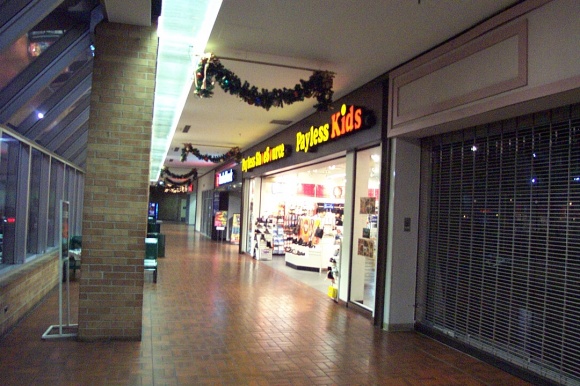 A major expansion at Brickyard took place over the next two years, as a huge two-level mall structure was added from Wards southward, ending at a 209,000 square-foot two-level JCPenney, which opened July 1979. The result was a weirdly-sewn-together frankenmall with a very interesting floorplan. The original phase of the mall, featuring Kmart and Jewel-Osco and facing Diversey Parkway, was rebranded the Convenience Level, and was connected to the rest of the mall by Wards. Shoppers using the Convenience Level could access Wards by ascending an escalator, located in the middle of the Convenience Level, which went up to a first level entrance of Wards. By going through Wards, they could then access the rest of the mall. This was a rather interesting and fun layout, giving Brickyard three separate levels, one (the Convenience Level) being completely disparate to the other two. Also, while many malls are split by an anchor, Brickyard was split by both an anchor and an entire level. Due to the confusing nature of this setup, there was ample signage throughout all parts of the mall advertising how to get between the main mall and the Convenience Level stores.
A major expansion at Brickyard took place over the next two years, as a huge two-level mall structure was added from Wards southward, ending at a 209,000 square-foot two-level JCPenney, which opened July 1979. The result was a weirdly-sewn-together frankenmall with a very interesting floorplan. The original phase of the mall, featuring Kmart and Jewel-Osco and facing Diversey Parkway, was rebranded the Convenience Level, and was connected to the rest of the mall by Wards. Shoppers using the Convenience Level could access Wards by ascending an escalator, located in the middle of the Convenience Level, which went up to a first level entrance of Wards. By going through Wards, they could then access the rest of the mall. This was a rather interesting and fun layout, giving Brickyard three separate levels, one (the Convenience Level) being completely disparate to the other two. Also, while many malls are split by an anchor, Brickyard was split by both an anchor and an entire level. Due to the confusing nature of this setup, there was ample signage throughout all parts of the mall advertising how to get between the main mall and the Convenience Level stores.
The brand-new Brickyard roared into the 1980s with success, as shoppers came from not only the surrounding neighborhoods, but from as far away as Edgewater and Lincoln Park via bus. Brickyard was the closest mall to much of the north half of the city, and also to wealthier suburbs such as Oak Park, River Forest, and Elmwood Park. However, this influence wasn’t maintained due to changing demographics in Brickyard’s immediate area during the 1990s.
In the 1990s, the Belmont-Cragin neighborhood, a pre-war area of modest, mostly single-family dwellings, lost its economic foothold as the manufacturing jobs that established the neighborhood floated away. The workers, mostly Poles who helped establish the neighborhood in the beginning, moved with the jobs, to other parts of the city or the suburbs. The immigrant group replacing these original settlers were predominantly Hispanics of lower income. As these demographic changes took place, store turnover at Brickyard replaced national, mid-level stores with discounters and urban-wear stores. And, with the demographic shift also came a perception of crime. Whether real or not, as evidenced by these reviews on Deadmalls.com, patrons no longer felt safe here and began driving out to the suburban malls and skipping Brickyard. Also, at the end of the decade, JCPenney also downgraded their store to an outlet, an ominous predictor of what was to come in the 2000s.
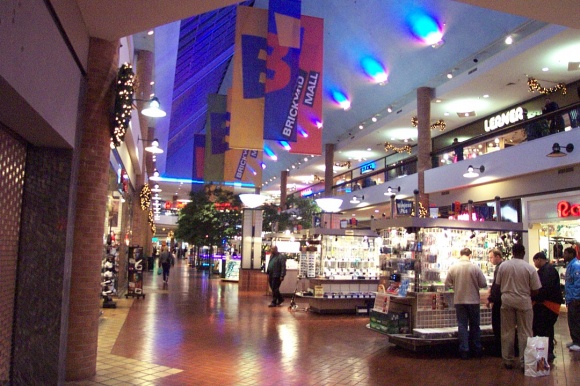 As the 2000s reared, Brickyard was no longer a viable regional mall. With a reduced selection of stores, a perception of crime, and changed demographics, Brickyard was demoted to a neighborhood center living in the husk of a regional mall. Bus trips were no longer bringing in throngs of city residents from across town, and Brickyard began bleeding stores. Over the course of a year, Brickyard lost all of its anchors except for Jewel-Osco. Kmart was the first to close in Summer 2000, followed by Wards in March 2001, and JCPenney Outlet was the last to leave in mid-2001. Wards’ closure wasn’t actually Brickyard’s fault, but a case of bad luck, as that entire chain folded; nonetheless, their departure was critical to accelerated demise at Brickyard, because their store bisected the two parts of the mall and connected them. After Wards closed, it became necessary to walk outside and along the side of the store in order to access the rest of the mall from the Convenience Level.
As the 2000s reared, Brickyard was no longer a viable regional mall. With a reduced selection of stores, a perception of crime, and changed demographics, Brickyard was demoted to a neighborhood center living in the husk of a regional mall. Bus trips were no longer bringing in throngs of city residents from across town, and Brickyard began bleeding stores. Over the course of a year, Brickyard lost all of its anchors except for Jewel-Osco. Kmart was the first to close in Summer 2000, followed by Wards in March 2001, and JCPenney Outlet was the last to leave in mid-2001. Wards’ closure wasn’t actually Brickyard’s fault, but a case of bad luck, as that entire chain folded; nonetheless, their departure was critical to accelerated demise at Brickyard, because their store bisected the two parts of the mall and connected them. After Wards closed, it became necessary to walk outside and along the side of the store in order to access the rest of the mall from the Convenience Level.
Like a ship without sails, Brickyard didn’t go very far for very long without anchors – a year and a half passed between the last of the anchors closing at Brickyard in 2001 and the announcement of redevelopment in late 2002. Not surprisingly, nothing was saved in the redevelopment, which commenced in May 2003 with the mall’s closing and immediate demolition. Jewel-Osco hung on for a few more months, operating out of its original building, while a new store was constructed a block south, opening in 2004.
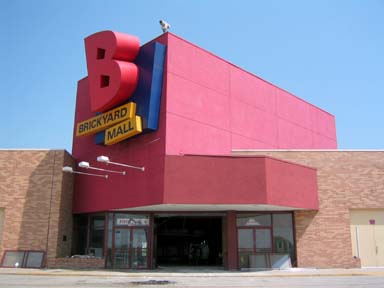 Securing fast and easy credit for the redevelopment, including a nice chunk of change from the city of Chicago, owner Goldman Sachs worked quickly to transform the Brickyard site. Although the mall was a failure as a regional enclosed mall, it was seen as a potential gold mine as a neighborhood power center. Because the city of Chicago and its near-suburbs are almost completely built out, space for big box power centers and new strip malls is at a scarce premium, and usually results from the redevelopment of former uses like industrial sites. Knowing they had a captive audience, Goldman Sachs jumped on this opportunity to be able to develop a brand new, large-scale suburban-style power center right in the city.
Securing fast and easy credit for the redevelopment, including a nice chunk of change from the city of Chicago, owner Goldman Sachs worked quickly to transform the Brickyard site. Although the mall was a failure as a regional enclosed mall, it was seen as a potential gold mine as a neighborhood power center. Because the city of Chicago and its near-suburbs are almost completely built out, space for big box power centers and new strip malls is at a scarce premium, and usually results from the redevelopment of former uses like industrial sites. Knowing they had a captive audience, Goldman Sachs jumped on this opportunity to be able to develop a brand new, large-scale suburban-style power center right in the city.
In late 2004, most of the power center opened. Anchored by big box stores Target, Marshalls and Lowe’s, The Brickyard, as it has been rebranded, is home to over 40 small stores as well. In fact, many of the stores that were in the Brickyard Mall at the end have reopened here, including multiple shoe stores, the Super China Buffet, Radio Shack, and Jewel-Osco. In addition, The Brickyard was home to the first midwestern location of Pollo Campero, a cult-popular Guatemalan chicken chain.
Here are a couple outside photos I snapped while driving by in May 2000. The first shot is the pylon along Diversey, and the second shot is the Convenience Stores section at the north end of the mall. Kmart would close a couple months after this was taken:
Some people have criticized the new Brickyard development for lacking verve as well as its rather generic layout. I found this comment in Labelscar’s archives from user Allan:
“I dunno about you, but coming from briefly shopping at the lifestyle center that replaced Brickyard Mall(of Chicago) earlier today, there’s no doubt in my mind that the former Brickyard Mall was a much denser development, and was many times better than the lifestyle center that was built in its place. Not to mention, it’s unappealing as heck having to drive from store to store, rather than having the much more pleasurable experience of parking your car in one place, and shopping in an environment that you know won’t be too cold or too warm.”
In addition, there’s even a Facebook group decrying the mall’s renovation as not being up to snuff. Maybe if they would have shopped there when it was viable…
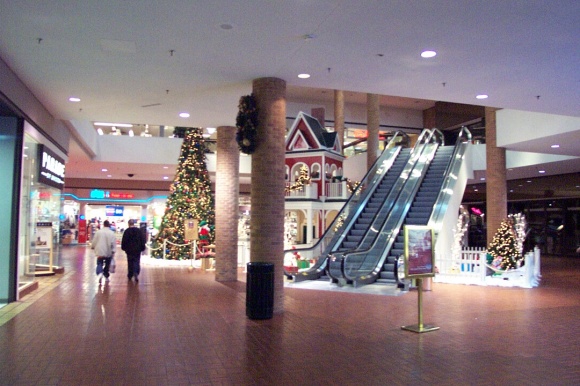 I visited Brickyard Mall several times between 1999 and 2001, and have only been back once since renovation, when I visited Pollo Campero a couple years ago. Other than that, there’s not much reason to go here unless you live in the area. Overall, though, I think this repositioning was successful. Sure, Brickyard is no longer that interesting to me, or anyone, and that’s a little sad; but I think if you look at the bigger picture, Brickyard is fulfilling its role as a neighborhood center.
I visited Brickyard Mall several times between 1999 and 2001, and have only been back once since renovation, when I visited Pollo Campero a couple years ago. Other than that, there’s not much reason to go here unless you live in the area. Overall, though, I think this repositioning was successful. Sure, Brickyard is no longer that interesting to me, or anyone, and that’s a little sad; but I think if you look at the bigger picture, Brickyard is fulfilling its role as a neighborhood center.
If I renovated the mall, I wouldn’t have totally removed the two-level enclosed mall; instead, I would have renovated it with modern, bright flooring to replace the dark brick, adding comfy seating and bright colors on the walls. The natural light from the skylights would flood the center, and it would feel vervey again. I think people would come to the renovated mall, especially considering the density of the city, and although it would be a neighborhood center rather than a regional mall, it would still thrive. I would have used Target and Lowe’s to replace JCPenney and Wards, and put Marshalls and other big box stores along the main mallway somewhere. I probably would have removed the Convenience Center portion of the mall, though, since that portion of the mall was the most outdated of all.
What would you have done with Brickyard Mall? How do you feel about the renovation? Leave your own memories and thoughts on our comment page.
Here are the photos I recently found, which I took on November 17, 2001:
Also, here are some photos I dug up on the ol’ Interwebs. They were taken by an impressive photographer named Chuck Janda, and featured on his site. Be sure to check it out if you’re interested in sets of other abandoned and older buildings in the Chicago area. These were taken in Summer 2003, during Brickyard Mall’s demolition:
UPDATE 4/7/10: I went down to Chicago the other day and swung by the “new” Brickyard development, and here it is!
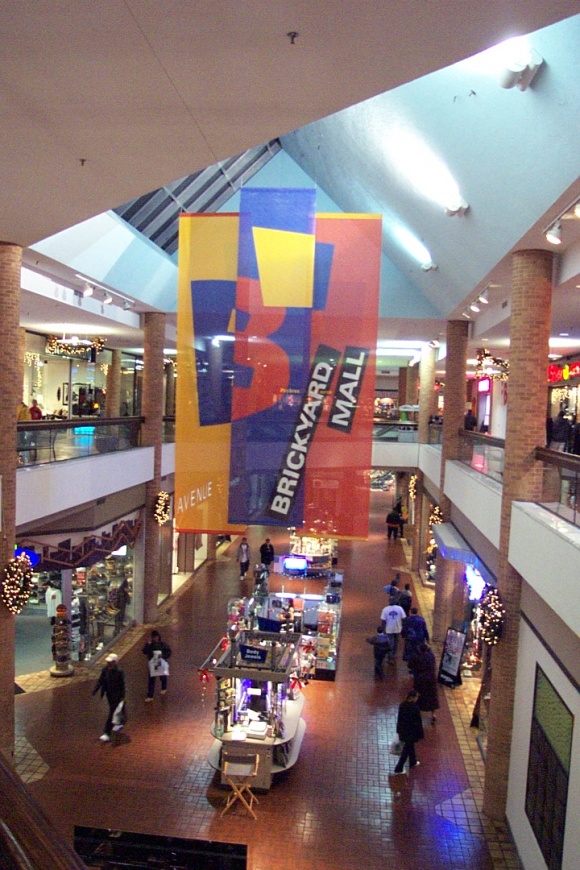

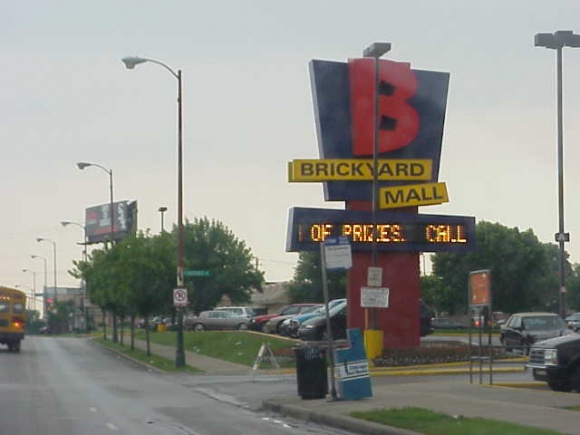
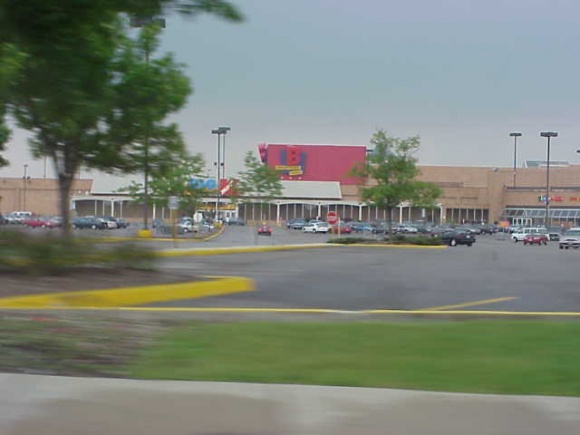
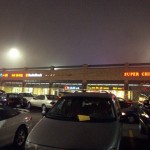
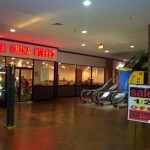
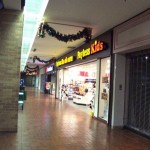
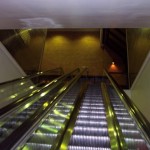
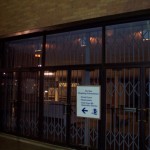
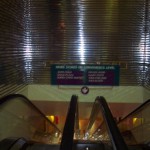
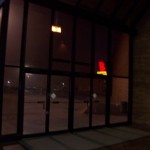
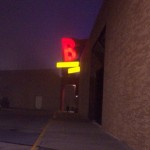
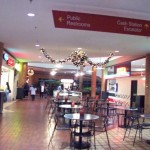
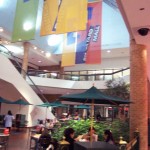

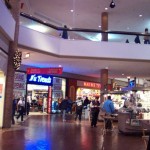
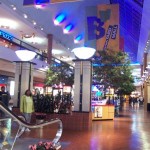
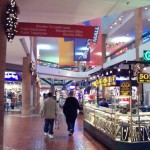
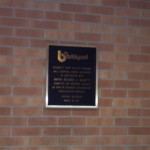
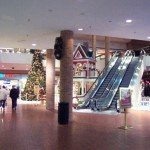
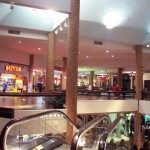
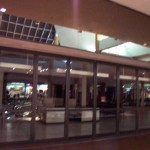
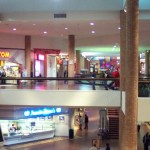
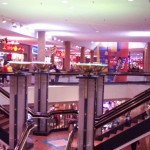
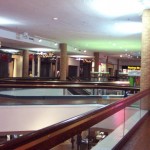
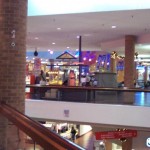
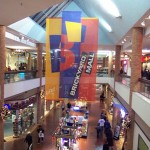
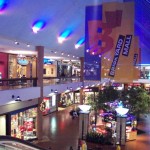
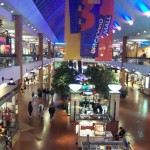
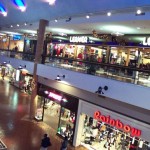
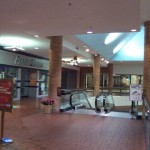
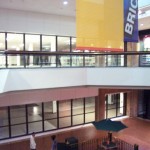
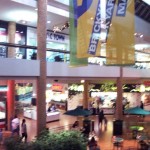
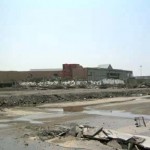
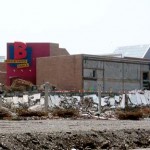
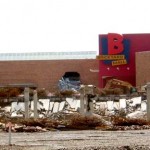
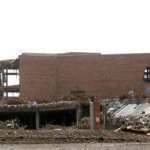
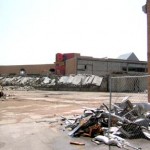
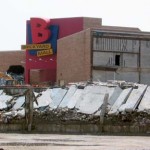
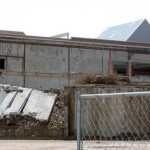
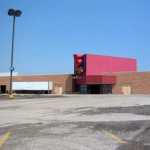
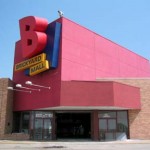
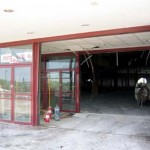
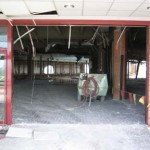
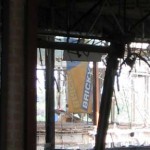
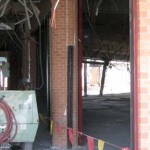
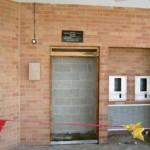
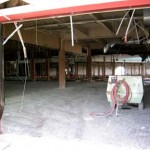
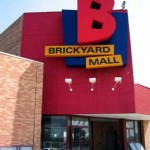
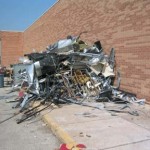
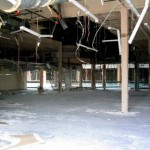
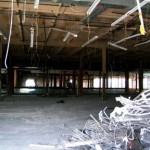
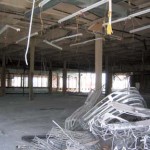
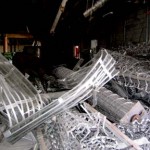
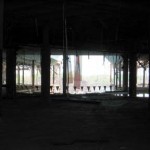
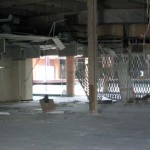
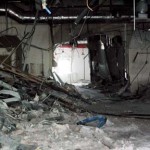
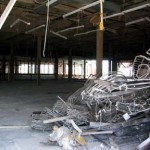
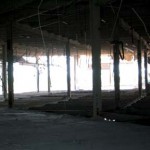
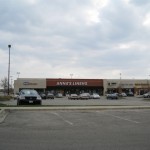
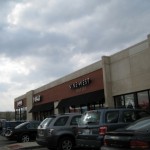
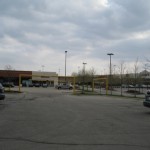
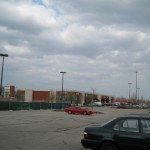
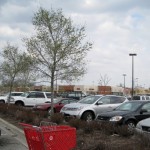
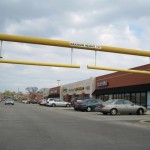
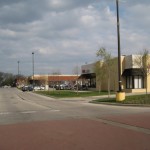
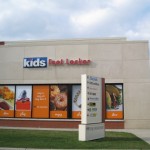
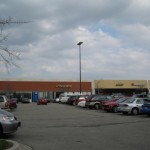
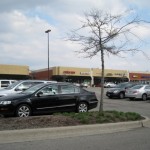

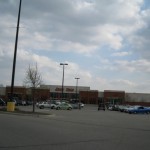
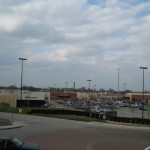
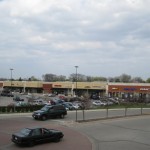
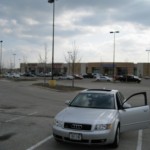
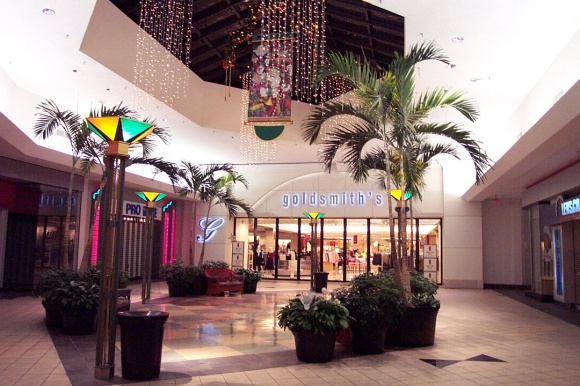 Located approximately 20 miles southeast of downtown Memphis, Hickory Ridge Mall opened in 1981 at the corner of Winchester and Hickory Hill Roads. At the time, this was the farthest mall from Memphis’s core, and indicative of a shift in population away from the city and into the suburbs. 1981 was also the same year the larger Mall of Memphis opened, closer to the center of population and near the airport. Over time, both malls failed: Mall of Memphis succumbed due to a perception of crime after some high-profile incidents, and Hickory Ridge Mall faltered due to the wrath of overbuilding and demographic changes before being snuffed out by mother nature.
Located approximately 20 miles southeast of downtown Memphis, Hickory Ridge Mall opened in 1981 at the corner of Winchester and Hickory Hill Roads. At the time, this was the farthest mall from Memphis’s core, and indicative of a shift in population away from the city and into the suburbs. 1981 was also the same year the larger Mall of Memphis opened, closer to the center of population and near the airport. Over time, both malls failed: Mall of Memphis succumbed due to a perception of crime after some high-profile incidents, and Hickory Ridge Mall faltered due to the wrath of overbuilding and demographic changes before being snuffed out by mother nature.

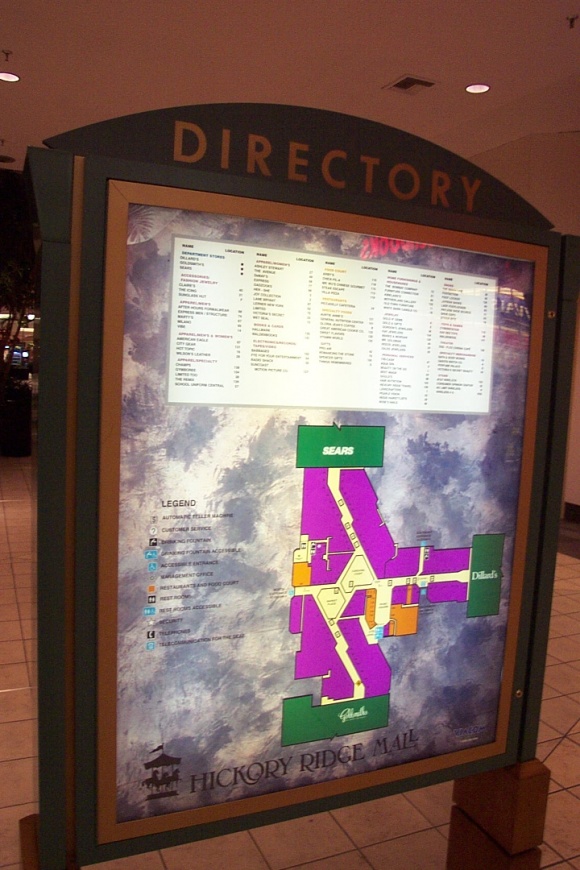
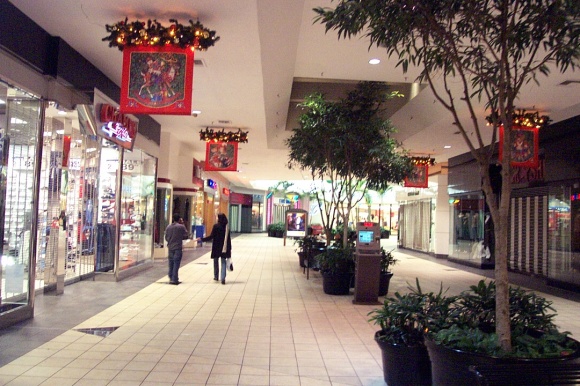
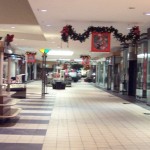
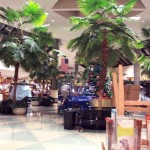
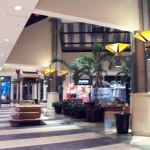
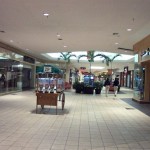
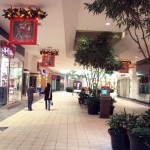
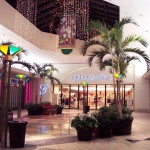
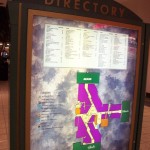
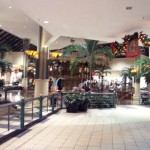
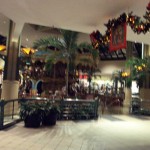
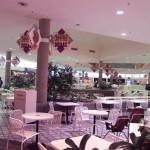
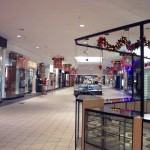
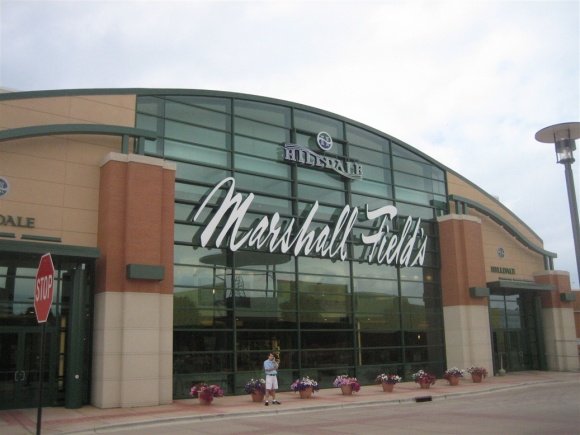 Opened in 1962 on what was then the western edge of Madison, Hilldale Shopping Center has had a unique and intriguing history. Hilldale was one of the first major shopping centers in town, and it’s also one of the closest malls to where I live. The thing about Hilldale is that it falls under the radar – it’s not a traditional mall in any sense of the word, and never really was. Through the decades Hilldale has undergone some major changes and has continued to reinvent itself by eschewing shopping center norms, and, reflective of its status as an institution in this weird city I live in, remains as viable as ever.
Opened in 1962 on what was then the western edge of Madison, Hilldale Shopping Center has had a unique and intriguing history. Hilldale was one of the first major shopping centers in town, and it’s also one of the closest malls to where I live. The thing about Hilldale is that it falls under the radar – it’s not a traditional mall in any sense of the word, and never really was. Through the decades Hilldale has undergone some major changes and has continued to reinvent itself by eschewing shopping center norms, and, reflective of its status as an institution in this weird city I live in, remains as viable as ever.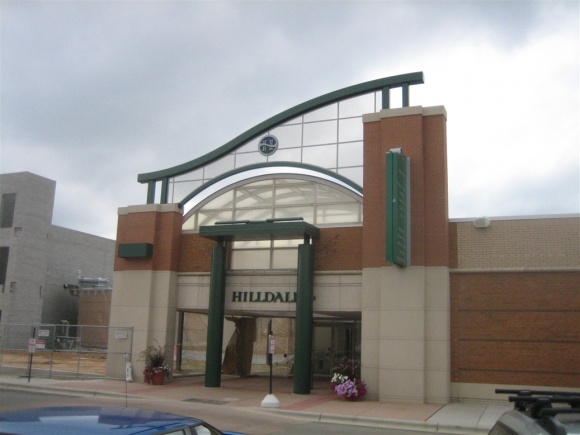
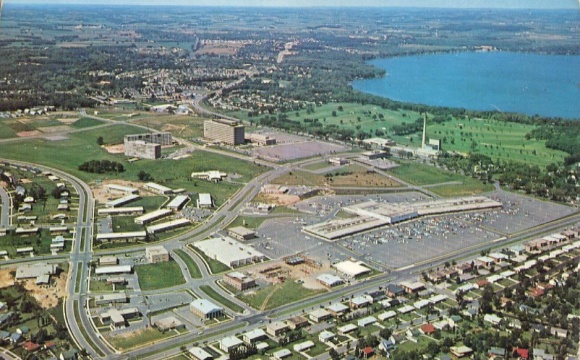
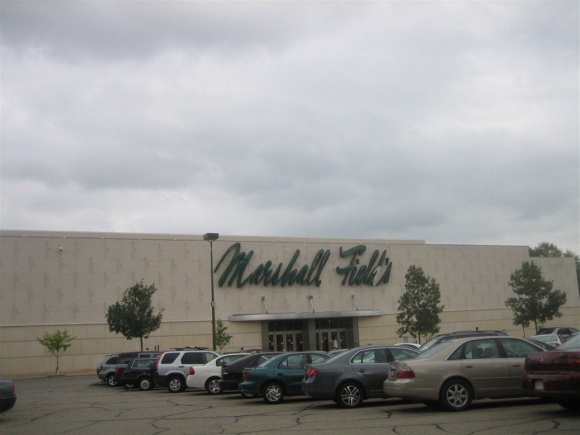
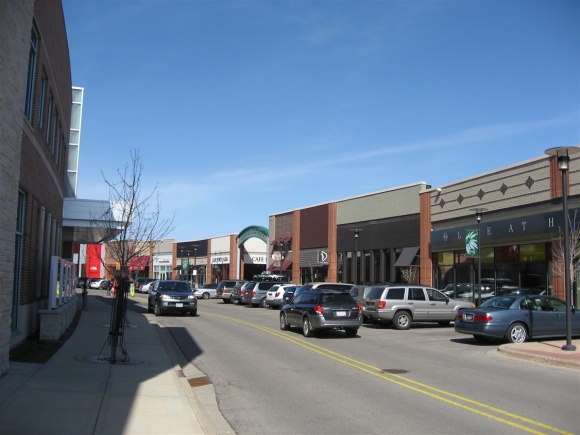
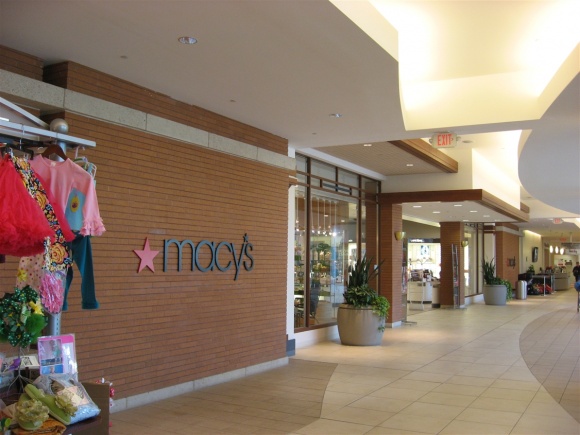
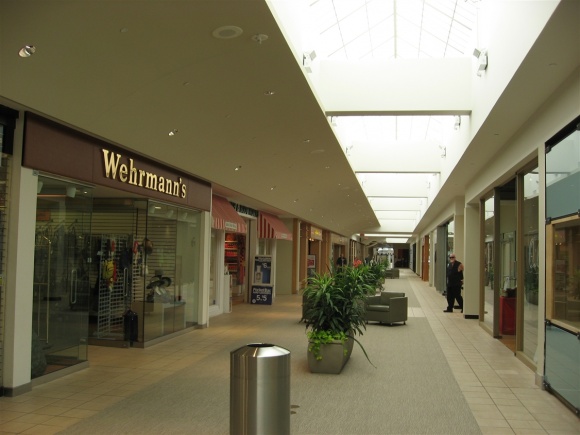
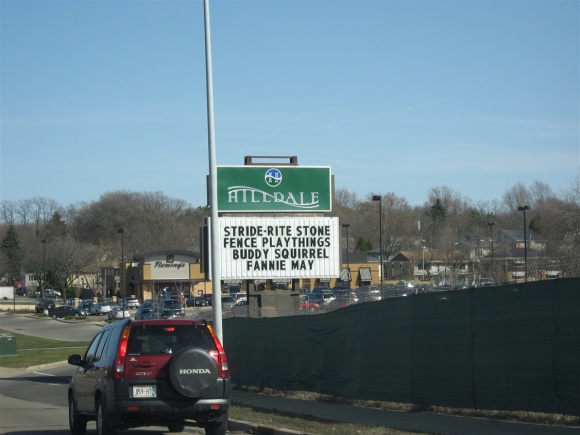

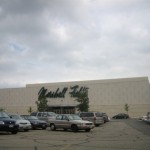
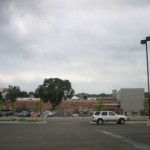
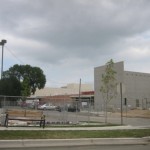
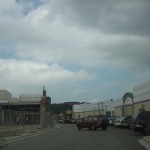
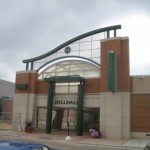
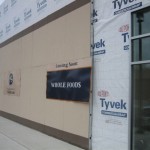
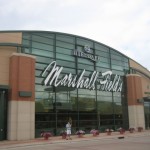
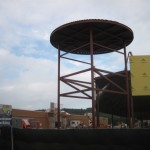
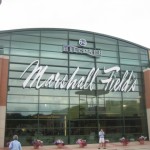
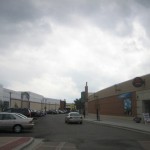
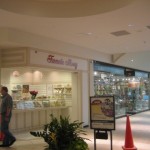
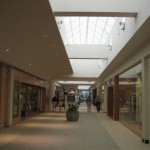
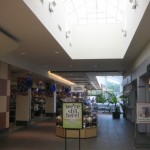
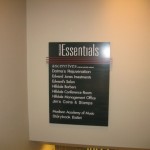
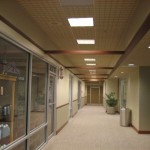
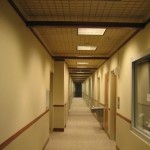
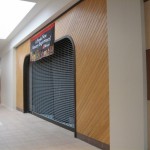
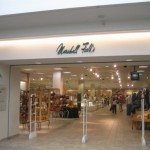

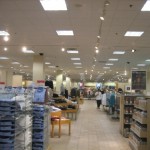
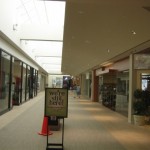
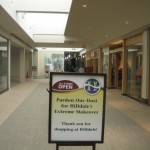
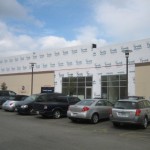
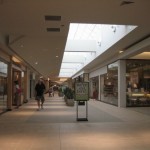
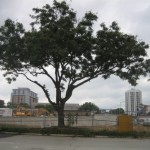
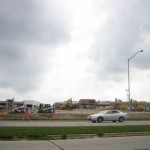
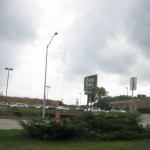
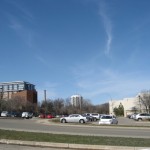
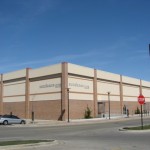
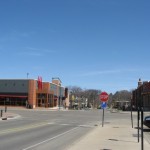
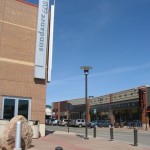
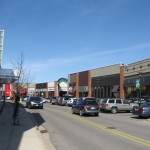
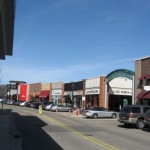
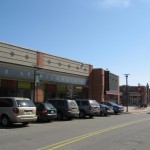
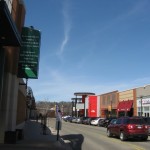
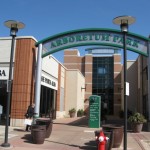
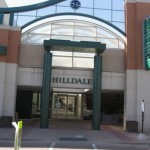
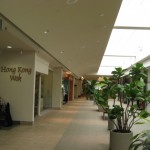
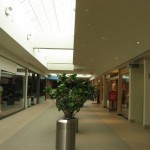
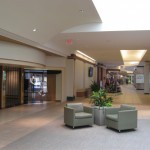
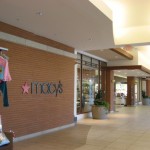
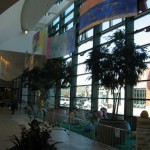
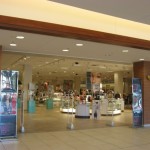
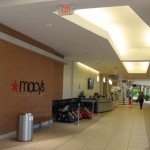
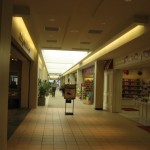
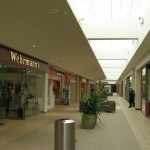
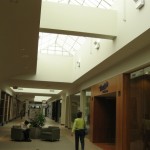
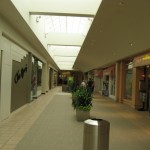
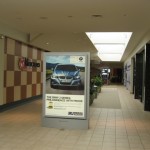
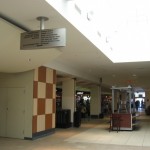
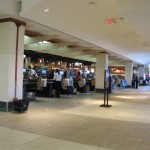
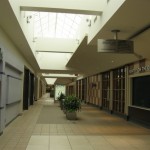
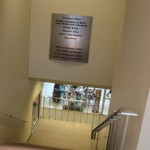
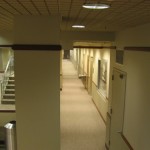
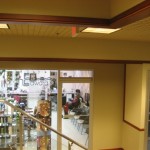
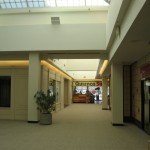
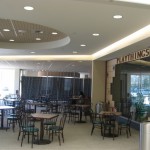
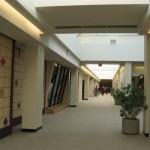
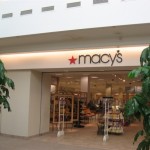
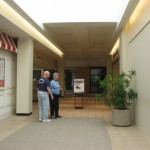
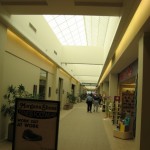
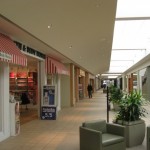
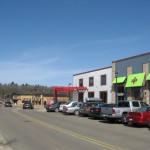
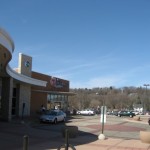
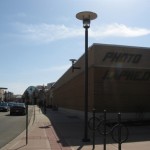
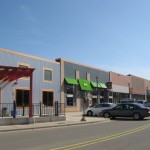
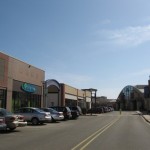
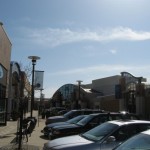
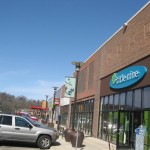
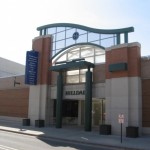
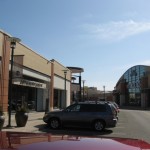
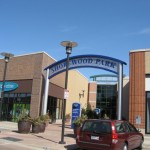
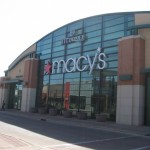
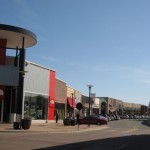
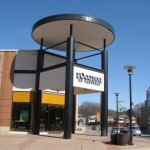
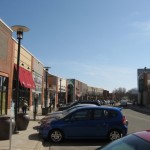
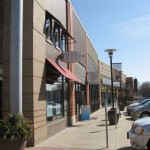
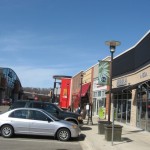
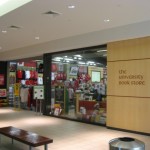
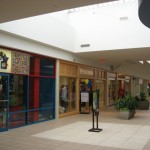
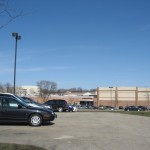
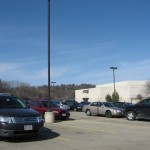
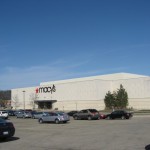
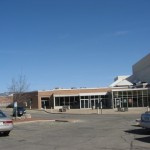
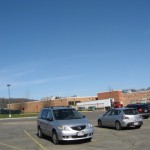
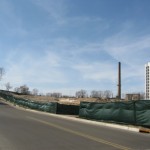
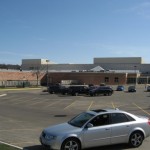
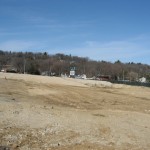
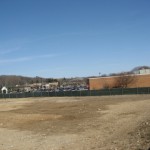
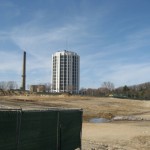
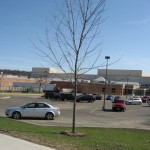
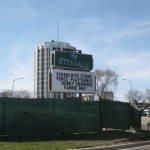
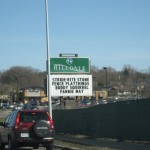
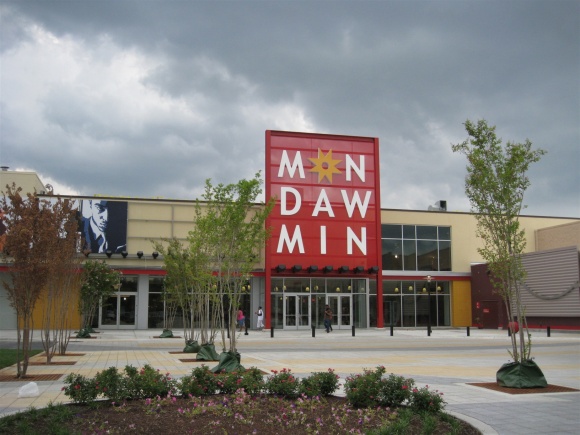 Baltimore’s busy, urban
Baltimore’s busy, urban 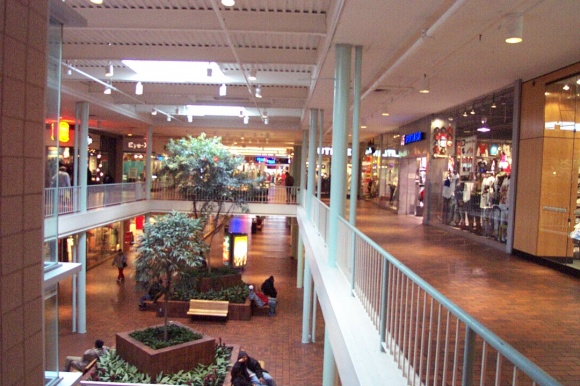

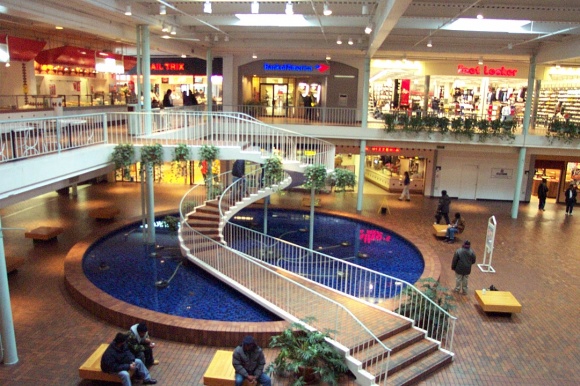
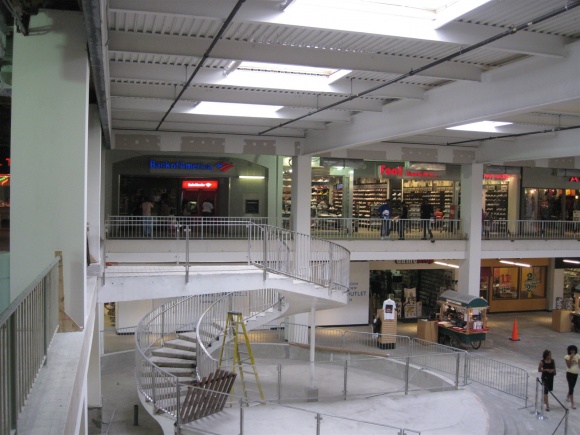
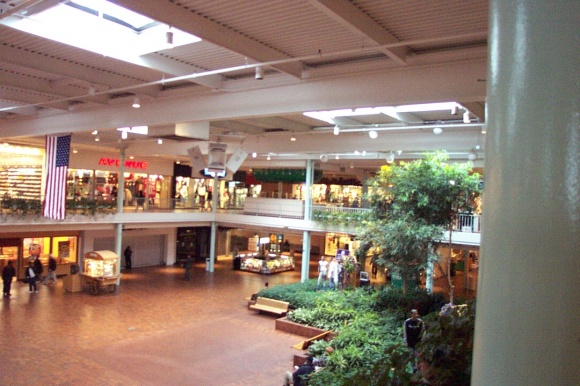
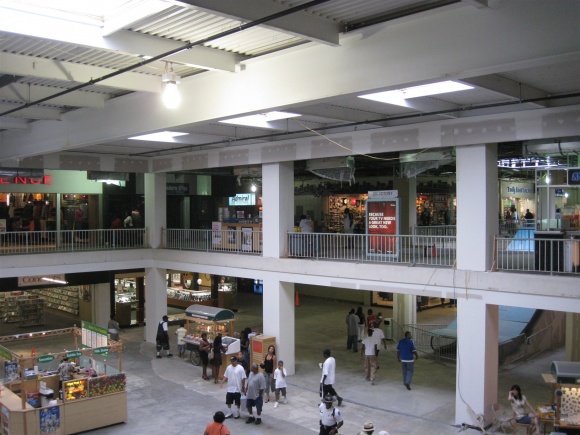
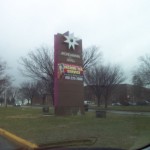
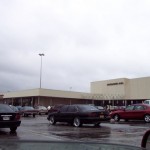
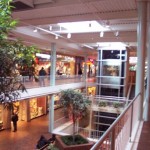
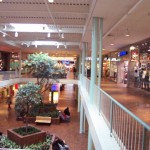
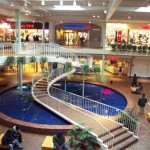
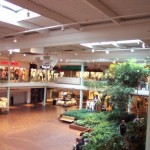
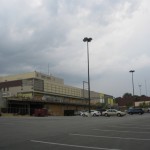
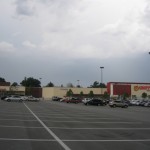
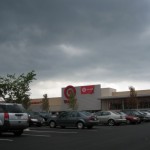
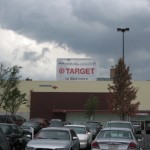
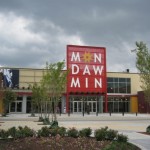
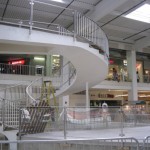
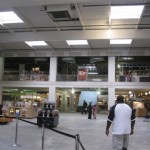
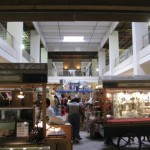
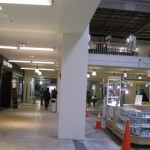
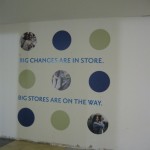
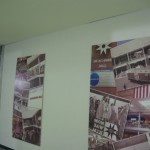
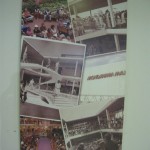
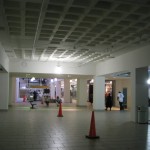
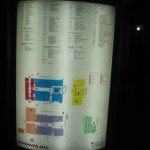
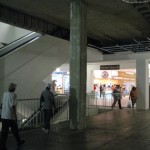
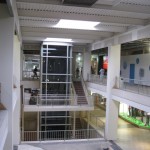
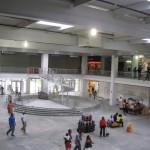
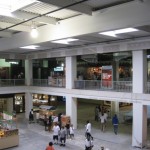
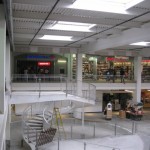
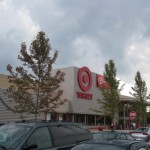
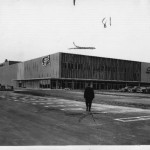
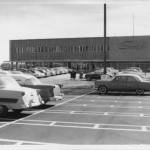
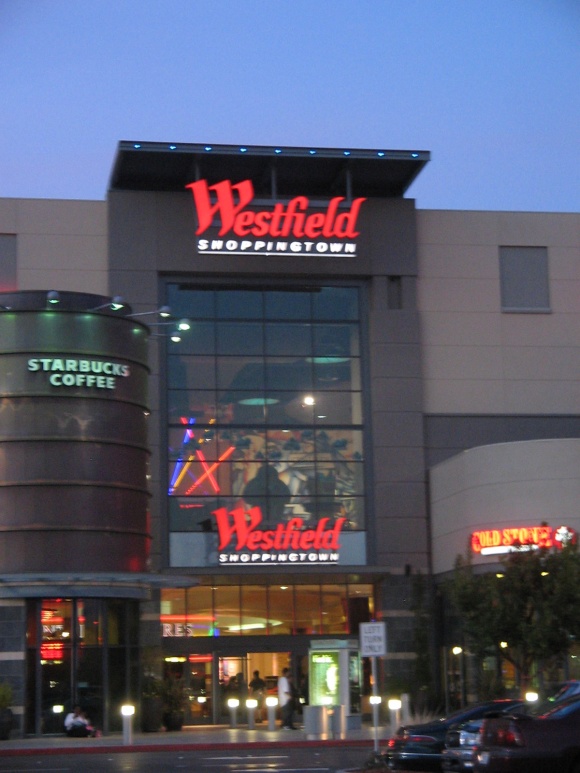
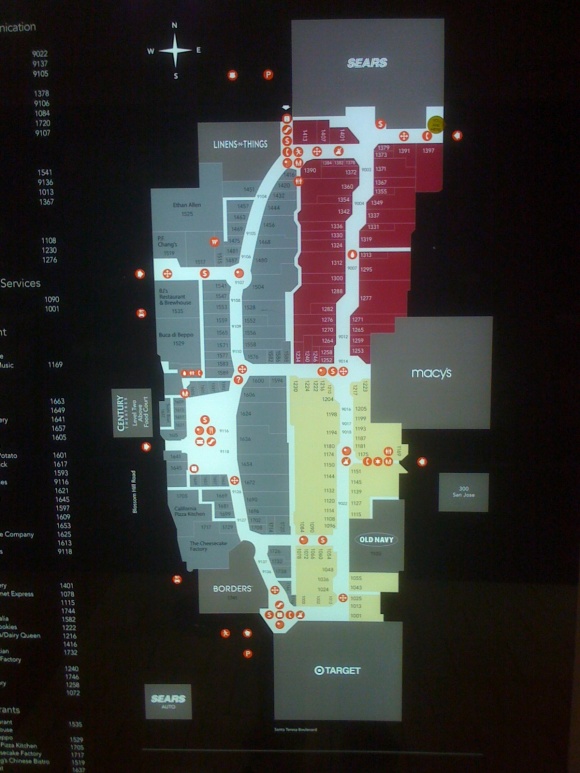
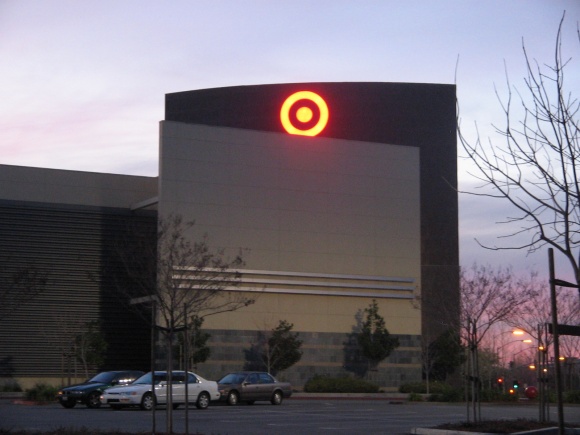
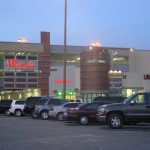
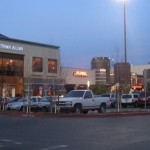
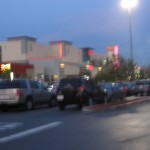
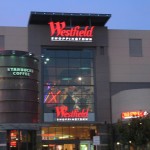
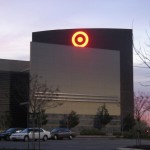
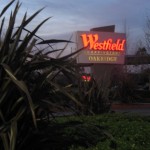
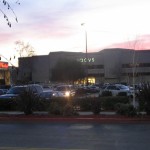
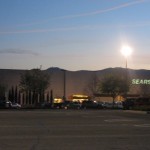
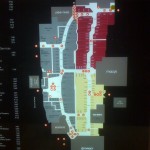
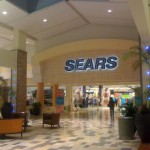
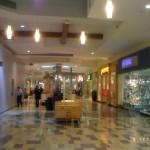
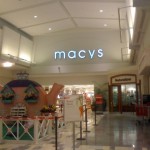
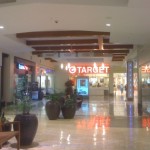
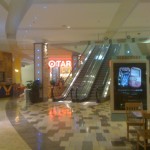
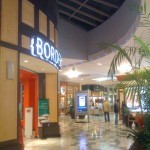
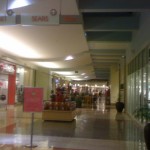
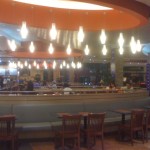
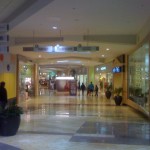
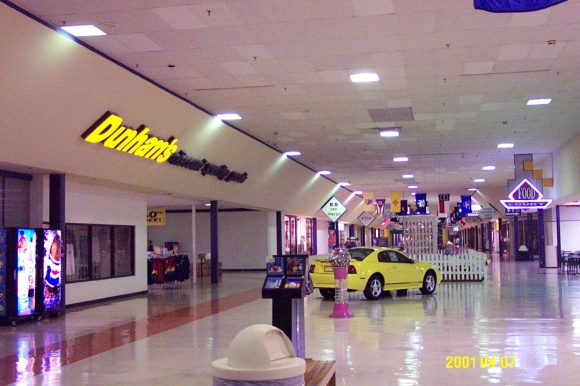

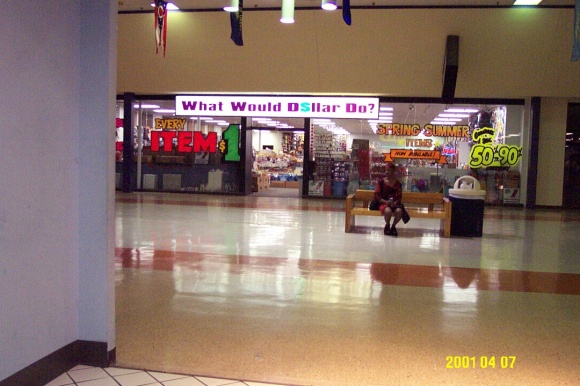
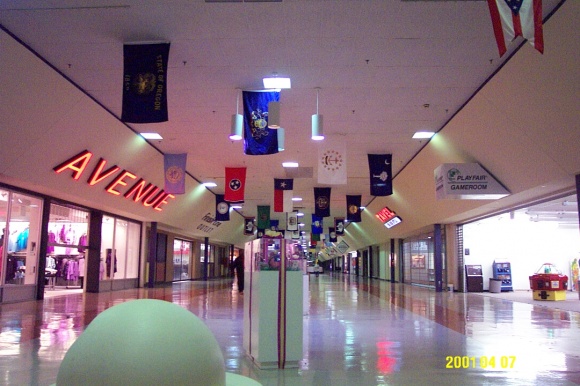
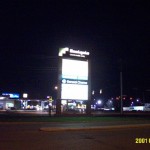
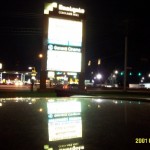
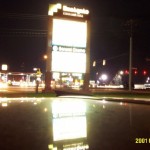
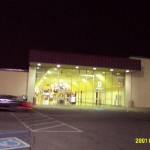
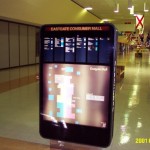
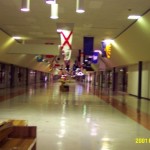
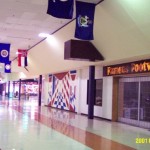
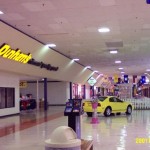
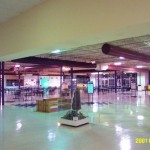
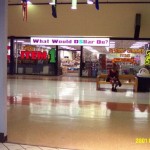
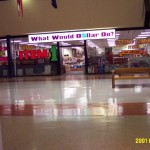
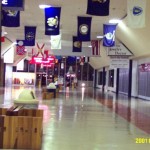
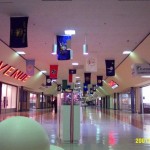
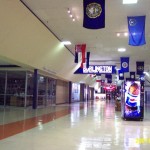
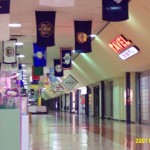
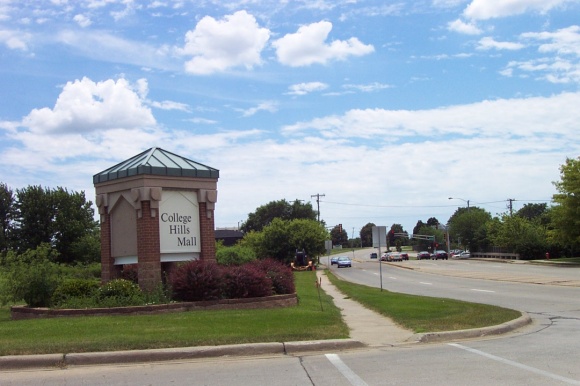 In the mall-crazy late 1970s, a developer decided that one mall wasn’t enough for little Bloomington-Normal, and made plans to build a second enclosed mall on the same strip. Located just a mile north of Eastland Mall along Veterans Parkway/Old Route 66, the
In the mall-crazy late 1970s, a developer decided that one mall wasn’t enough for little Bloomington-Normal, and made plans to build a second enclosed mall on the same strip. Located just a mile north of Eastland Mall along Veterans Parkway/Old Route 66, the 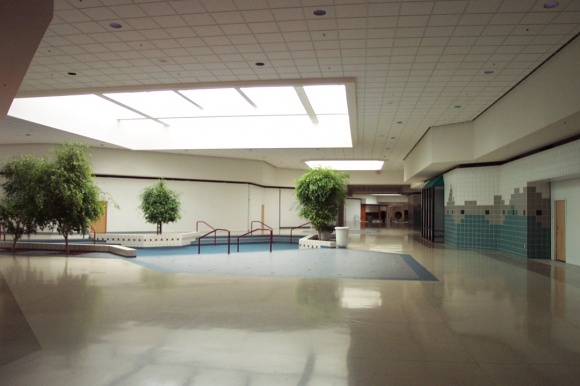

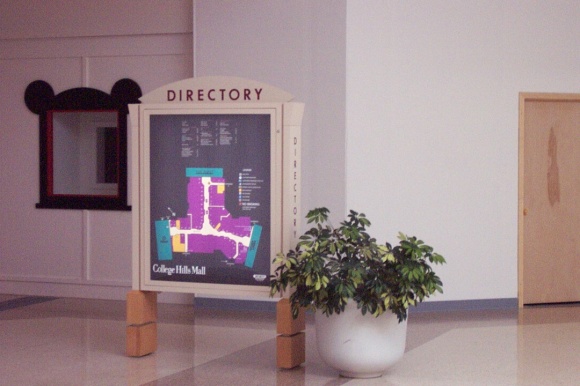
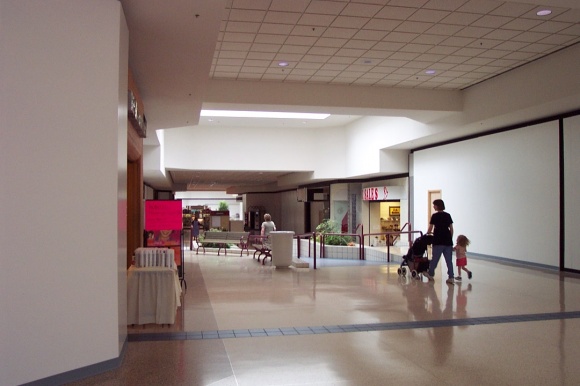
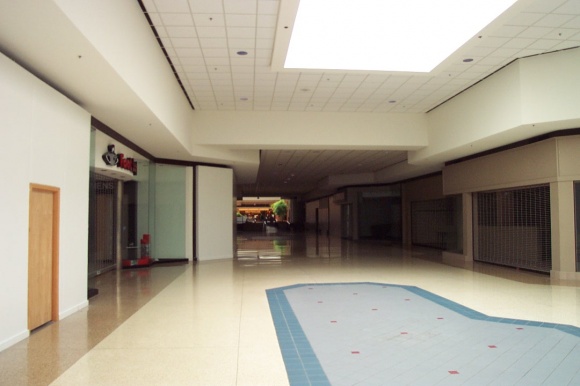
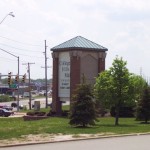
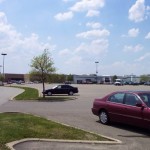
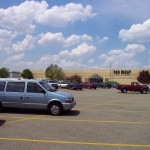
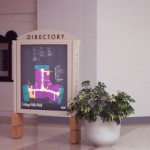
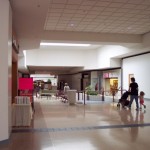
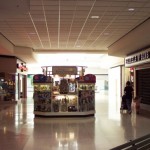
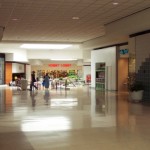
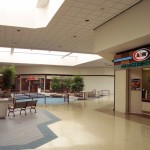
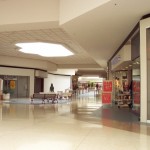
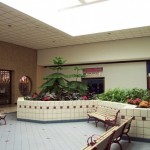
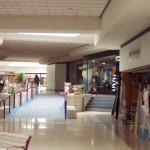
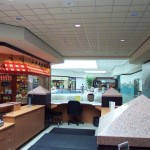
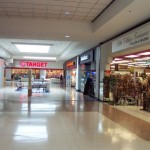
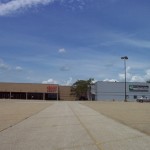
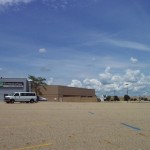
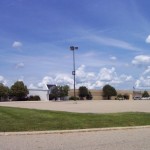
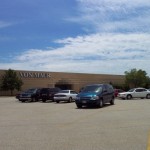
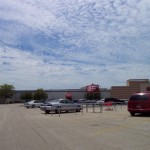
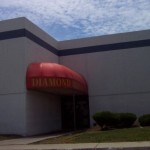
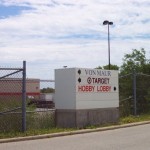
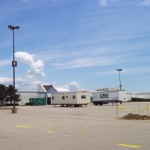
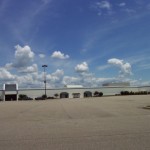
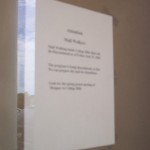
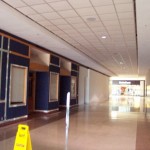
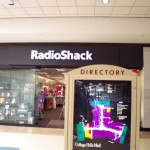
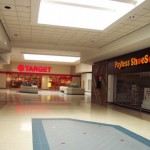
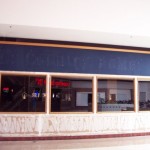
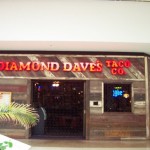
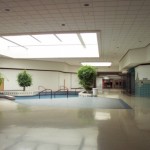
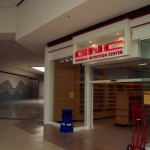
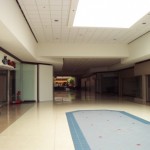
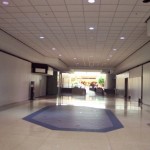
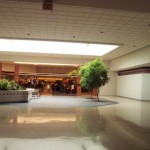
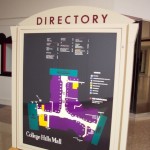

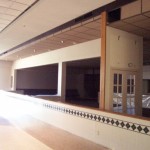
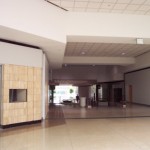

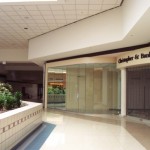
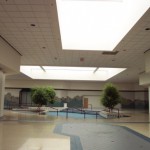
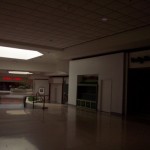
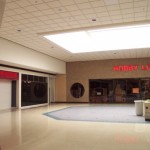

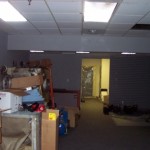
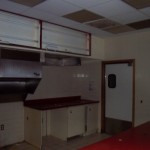
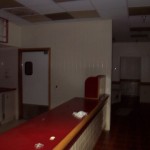
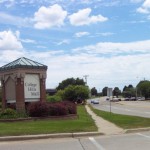
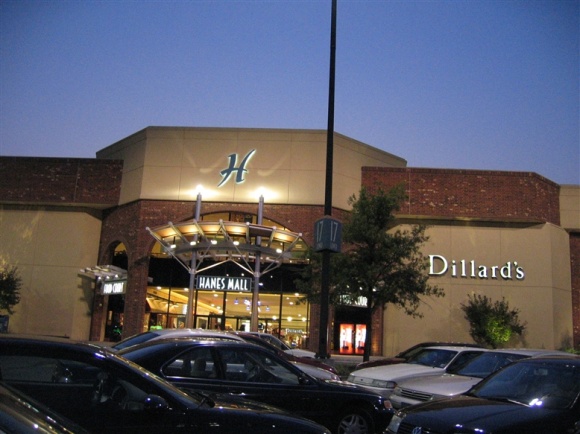
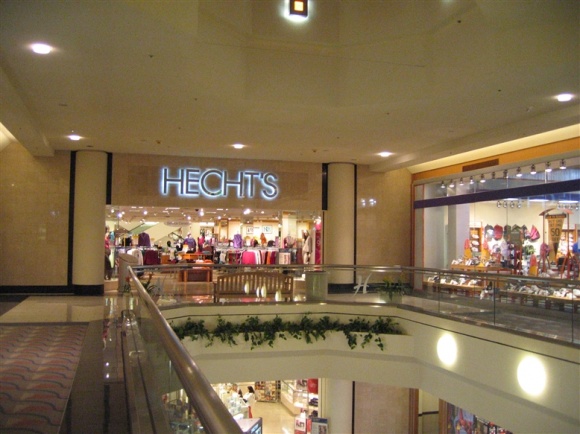
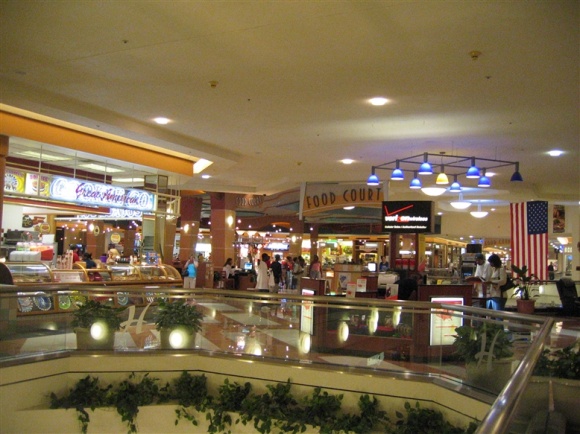

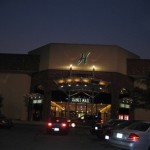
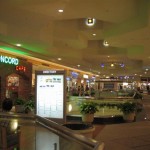

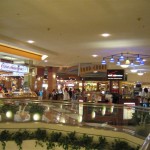
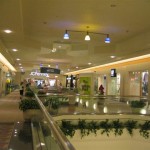
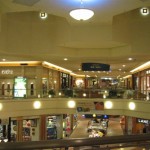
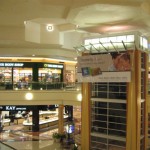
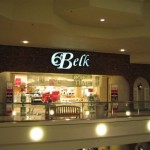
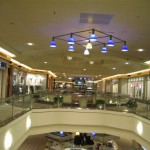
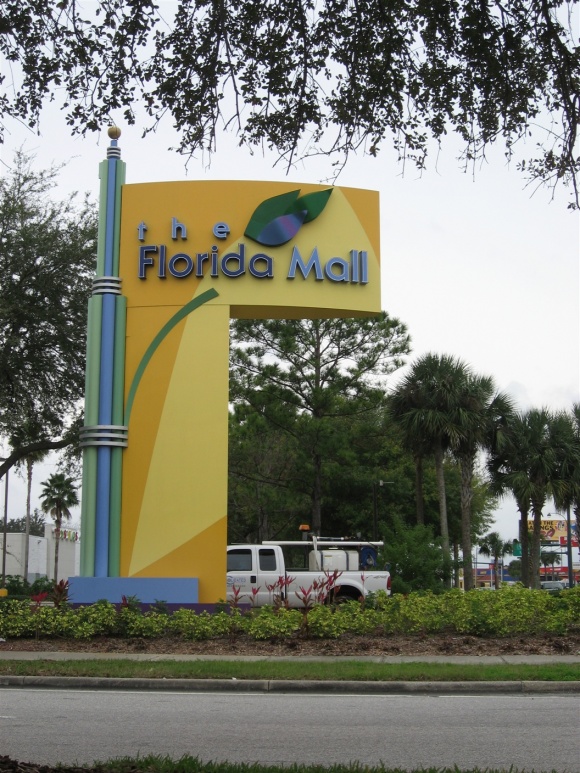 If you’ve ever visited the Orlando area as a tourist, odds are you’ve been very close to Florida Mall. Located just minutes from Sea World, Disney, and Universal, Florida Mall is the largest mall in the Orlando area and one of the closest malls to all these attractions. In fact, from 1986-2002, it was the only major mall in south Orlando. Since its grand opening, the massive Florida Mall has enjoyed immense success serving not only locals, but tourists from around the country and across the globe.
If you’ve ever visited the Orlando area as a tourist, odds are you’ve been very close to Florida Mall. Located just minutes from Sea World, Disney, and Universal, Florida Mall is the largest mall in the Orlando area and one of the closest malls to all these attractions. In fact, from 1986-2002, it was the only major mall in south Orlando. Since its grand opening, the massive Florida Mall has enjoyed immense success serving not only locals, but tourists from around the country and across the globe.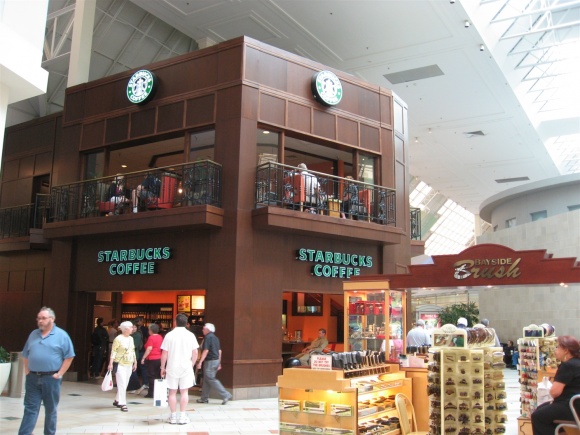
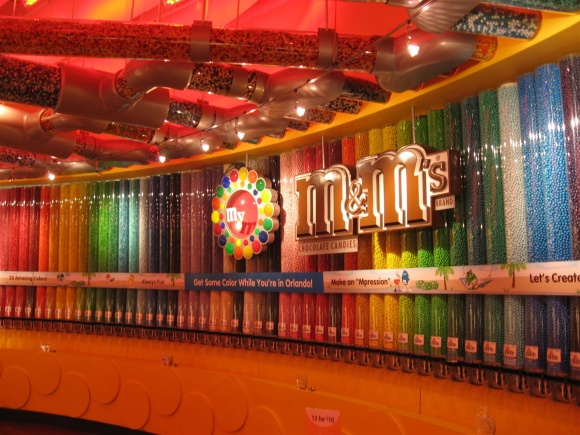
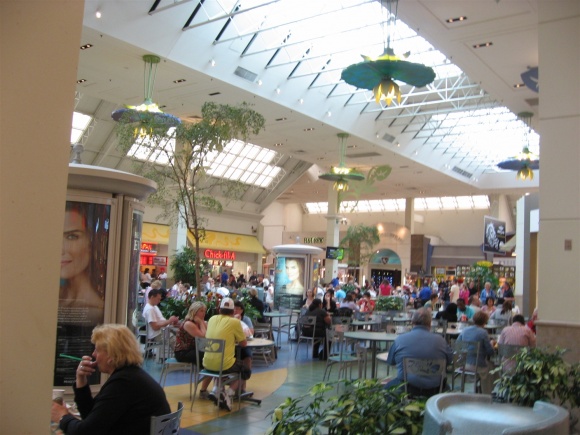
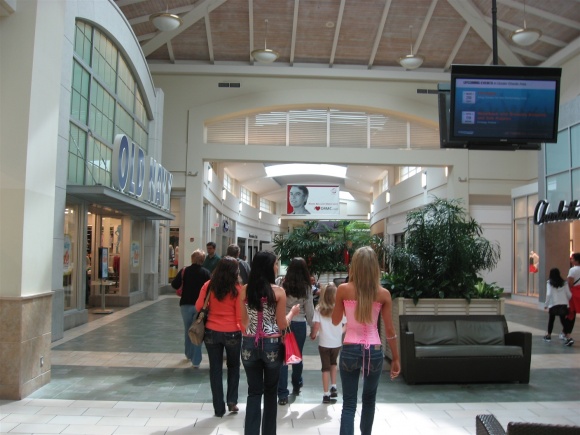
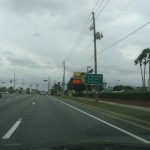
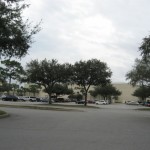
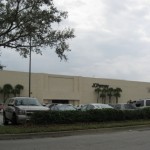
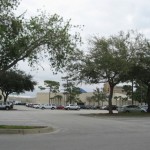
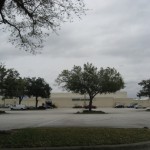
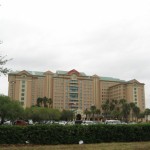
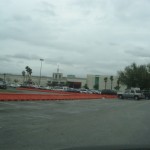
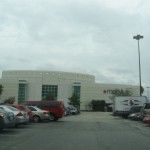
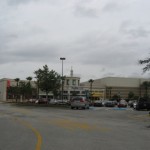
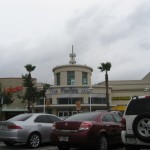
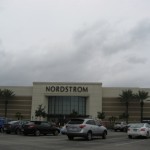
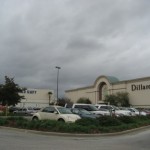
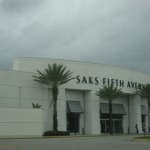
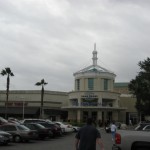
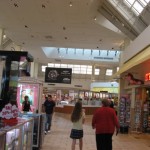
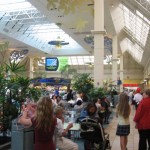
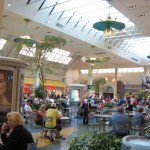
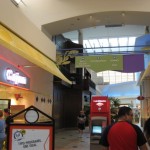
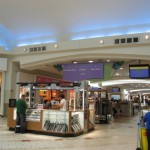
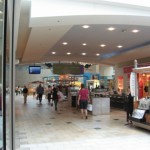
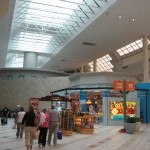
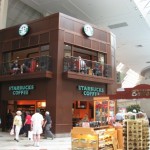
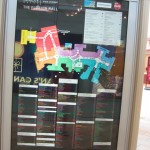
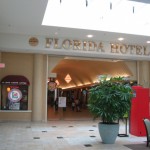
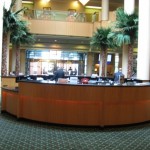
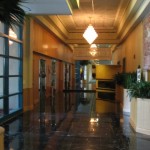
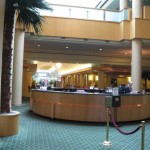
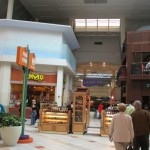
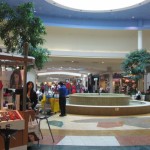
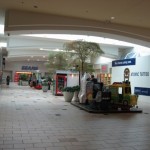
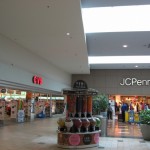
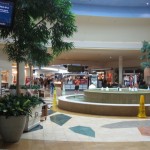
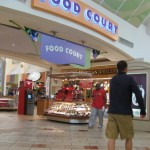
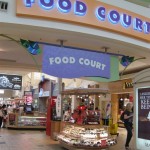
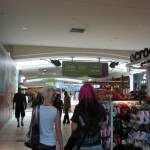
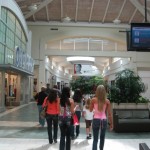
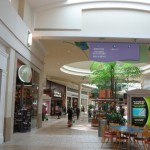
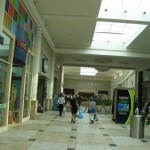
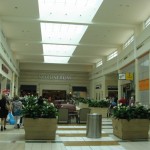
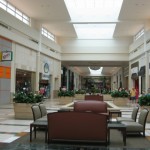
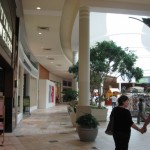
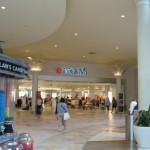
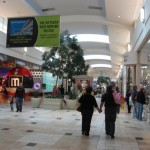
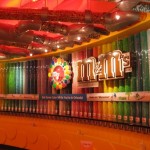
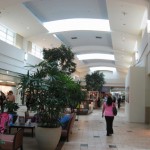
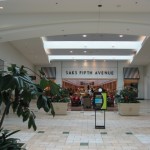
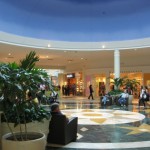
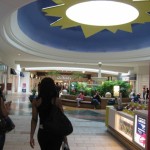
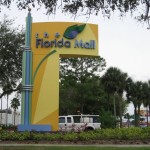
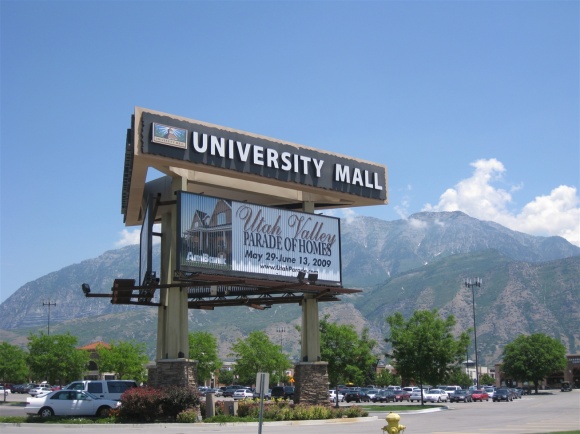 The single level University Mall, which opened 1973, was the first mall in the Provo area. The mall is actually located in Orem, a planned suburban city immediately north of Provo. Orem, much like Provo and the rest of the Wasatch Front, has grown from a population of 18,000 in 1960 to a population of nearly 100,000 today.
The single level University Mall, which opened 1973, was the first mall in the Provo area. The mall is actually located in Orem, a planned suburban city immediately north of Provo. Orem, much like Provo and the rest of the Wasatch Front, has grown from a population of 18,000 in 1960 to a population of nearly 100,000 today. 